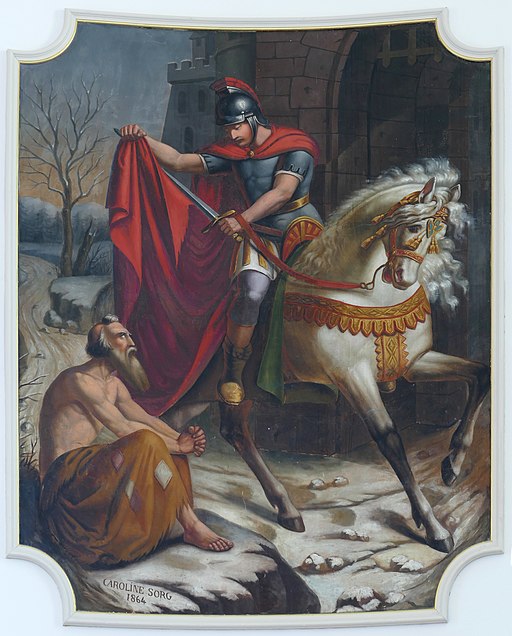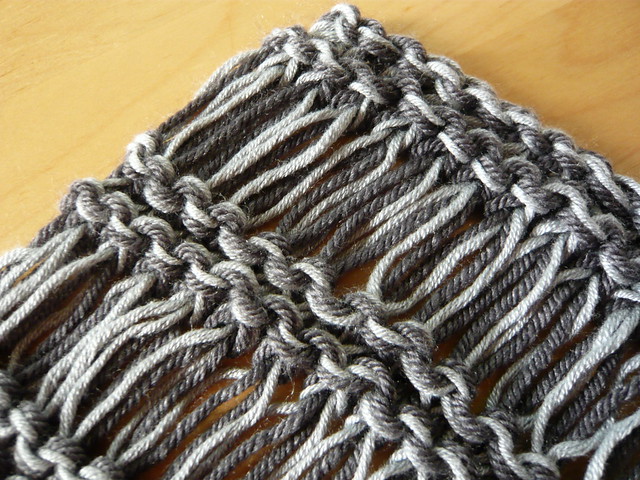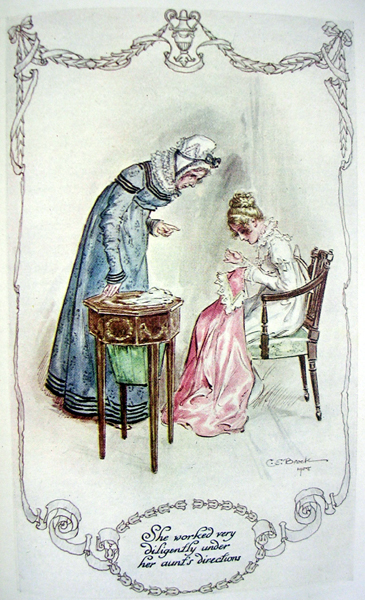Congratulate me, my friends! I have at last learned to be prudent when it comes to making cunning plans.
Long have I brooded over the difficulty of finding the kind of clothes I want to wear in shops (either new or second-hand). The obvious solution seems to be Way #5 to an Ethical Wardrobe. Yes, I have decided to learn to sew my own clothes.
In baby steps. “How else?” I hear you cry. “Where’s the prudence in that?”
Long-term readers of this blog may recall the epic quilt of craziness that dominated my Year of Finishing Things. Yes, I finished it. But it was far from being the only Thing in my possession that required Finishing. In fact, it wasn’t even the oldest Thing that Requires Finishing, or UFO as handworkers call them. (This stands for Un-Finished Object or Unfinished Fabric Object; not, as Cuthbert Soup pointed out, Uncommonly Fat Orangutans).

As I mentioned in this post, there were still two quilts (yes, there were two quilts beside the crazy quilt – clearly, the quilt was not the only crazy around here), a pair of gloves, a cardigan and a pile of mending to be done. Mending comes and goes, the cardigan and gloves are in regular wear, but the quilts are still with us in their UFOid state.
Behold, the prudence: instead of launching straight into the process of learning to sew my own clothes (and I have some delectable ideas, let me tell you), I am going to begin by Clearing the Decks. “Do not plan for ventures before finishing what’s at hand,” as Euripides said.
I have set aside the rest of 2017 (ok, my home handworking time for the rest of 2017 – I do have a book to publish) to get some projects completed and out of the deep dark Wardrobe of Unfinished Things.

My targets are the mending of a pair of worn sheets, the lining of a pair of curtains, and the final completion of the rose quilt – less than fifteen years after I started it! Possibly no more than twelve! And if I somehow manage to complete all that before the end of the year (most unlikely), I shall do the block quilt assembly as well, for Extra Credit.
Anyone keen to join me? Not in clearing out my own UFOs, that is; I’m not that desperate – yet. But are you too trapped under a mountain of Unfinished Fabric Objects, or general Un-Finished Objects? (If trapped under a mountain of Unusually Fat Orangutans, please seek professional assistance.) Or is it some other task: cleaning out the garage, painting the kitchen, or extreme weeding in the back yard, that darkly looms like the great unfinished gargoyle that it is?

Haul that lurker out of the shadows and pin it down in the comment section. What gargoyles do you have in your sights? When are you wanting to have finished them off by? Stake your claim! I’ll be posting weekly updates about my progress or lack thereof, and I would love to have you chipping in as you chip away at your own gargoyles.
Prudence shall be our battlecry – Prudence and Gargoyle Chips!








